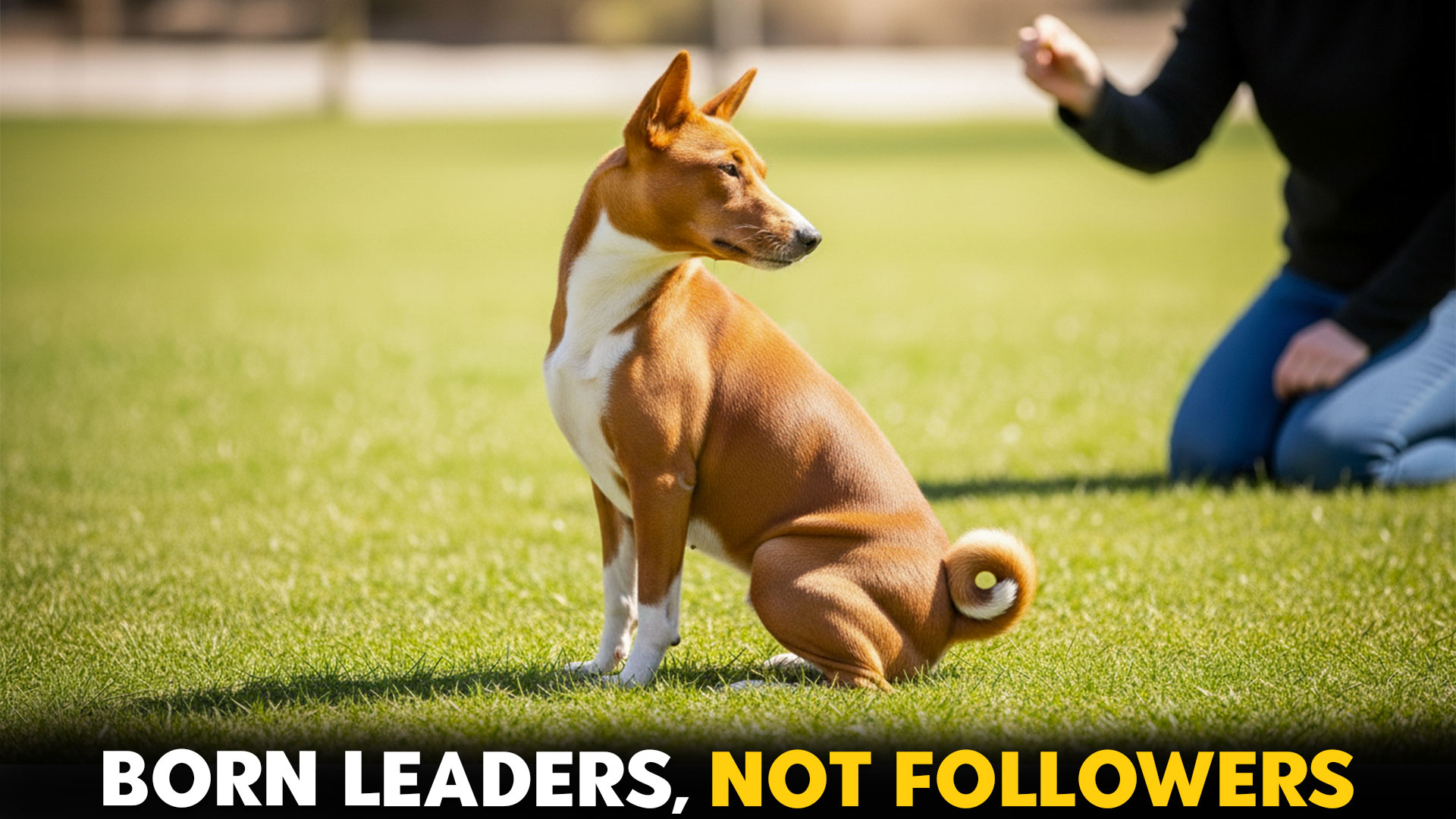Not all dogs are eager-to-please followers — some prefer to call the shots! You know the type: the husky that gives you side-eye when you say “sit,” or the bulldog that takes “stay” as a gentle suggestion.
These strong-willed breeds are charming, clever, and often hilariously defiant, but they can leave even experienced owners scratching their heads. Behind their stubborn streak lies intelligence, confidence, and a desire for independence — qualities that can shine with the right kind of leadership.
If you’ve ever dreamed of a loyal companion who respects you after testing your patience, you’re in the right place. We’ll explore the most independent dog breeds, why they resist authority, and how to guide them without breaking their spirit.
From training tricks to temperament insights, you’ll discover how to turn a rebellious pup into a respectful (yet still cheeky) best friend.
Quick Insight: Studies in canine behavior suggest that some breeds have higher independence drives. They may resist commands, not out of stubbornness, but because they are bred to think and act independently. Training methods focused on patience and positive reinforcement work best.
Dog Breeds Who Refuse To Follow Leadership
1. Basenji
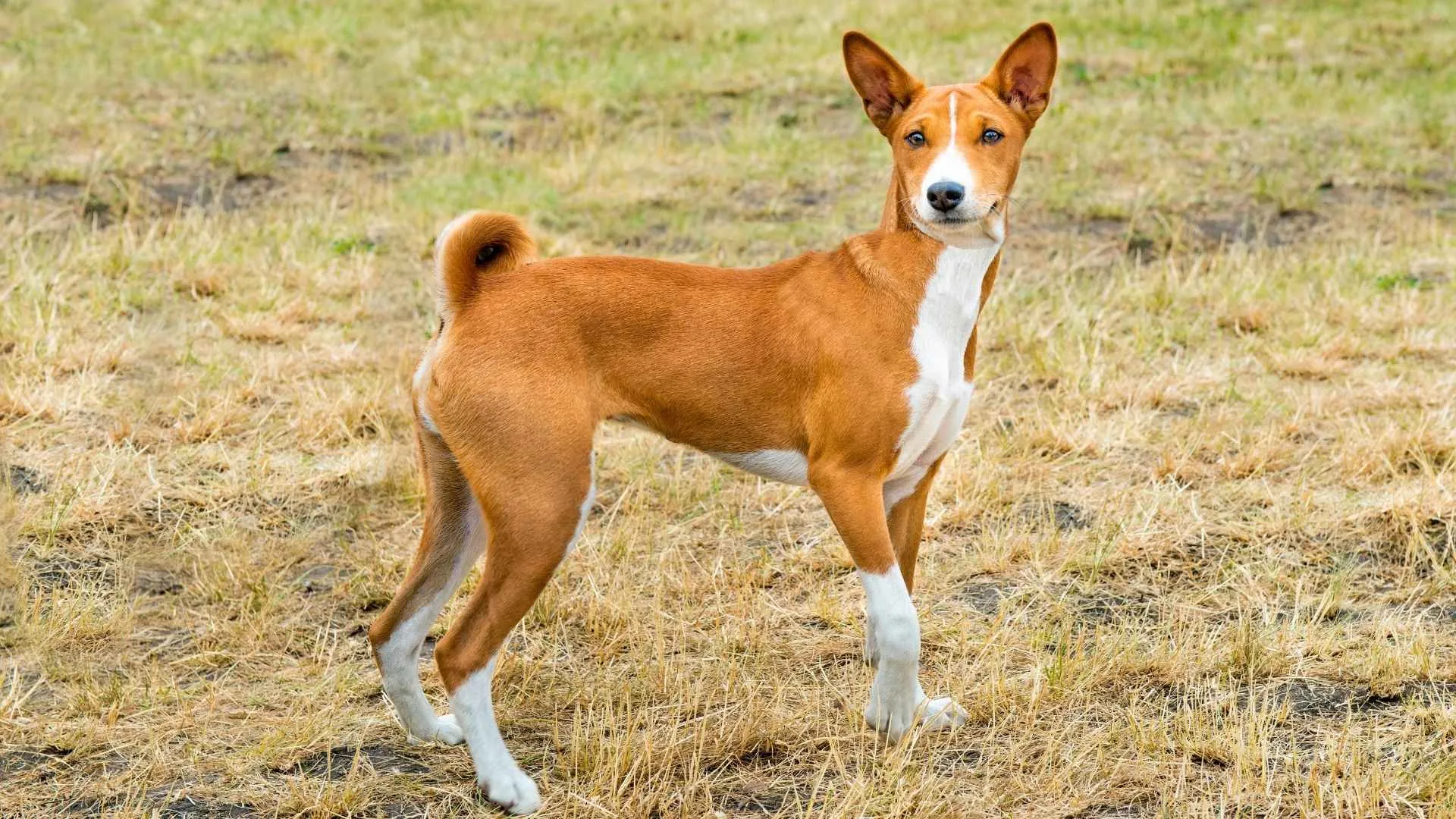
Meet the Basenji, the “barkless dog” who decided rules are more of a suggestion than a guideline. If you’re hoping for a loyal, obedient pup that will sit politely on command, think again — this breed writes its own rulebook.
This little escape artist is equal parts mischief and charisma. Basenjis are notorious for digging backyard burrows to lounge in like tiny canine kings, perfectly content to ignore any leadership attempts. They clean themselves obsessively, hate water, and generally act more like a cat than a dog.
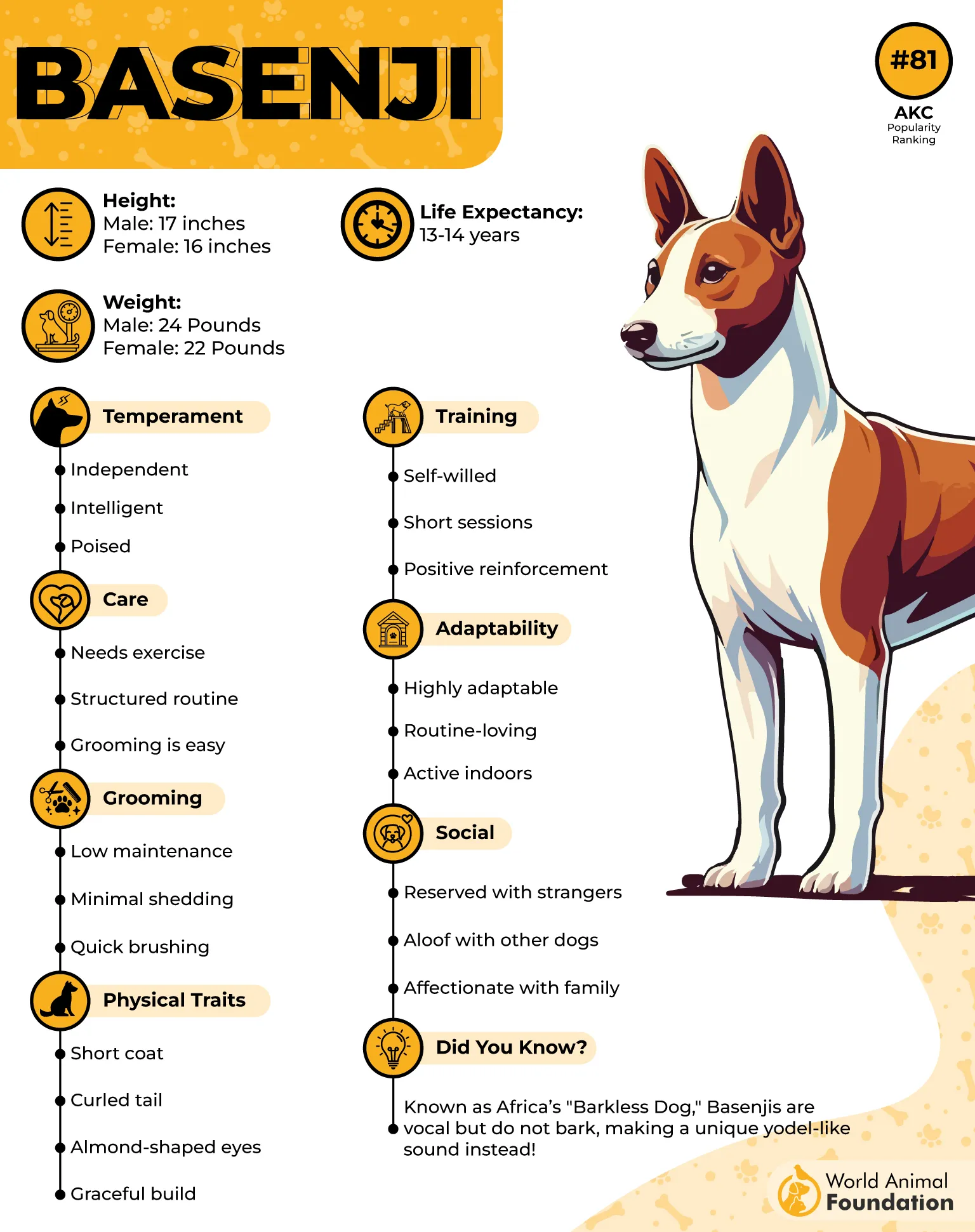
Despite all that, you can’t help but fall for them. Their expressive faces, comedic antics, and unique vocalizations — from playful “woos” to ear-piercing yodels — keep life interesting (and your neighbors on edge).
Emits yodels, not typical barks (surprise, neighbors!)
Escape artist extraordinaire — never leave unattended
Smart and stubborn: training is a challenge
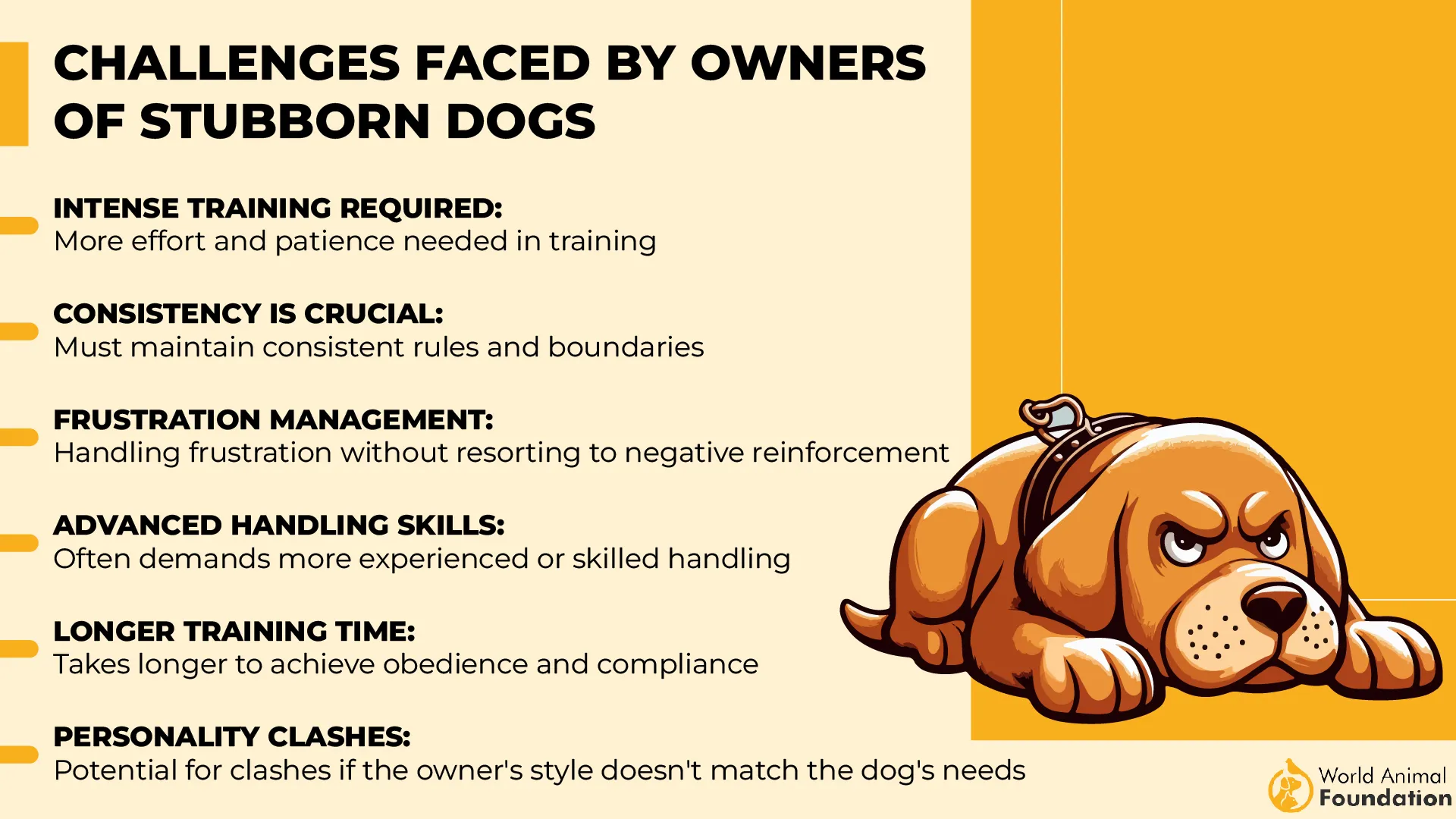
This isn’t the dog to pick if you want quiet, compliant companionship; instead, think of it as adopting a tiny, clever, rule-breaking roommate with fur.
Bottom line: The Basenji is for dog lovers who enjoy a healthy dose of chaos, can handle a little defiance, and appreciate humor in a four-legged package. If you’re ready to accept a pet who refuses to follow leadership — and loves to make you laugh — this is your dog.
2. Akita
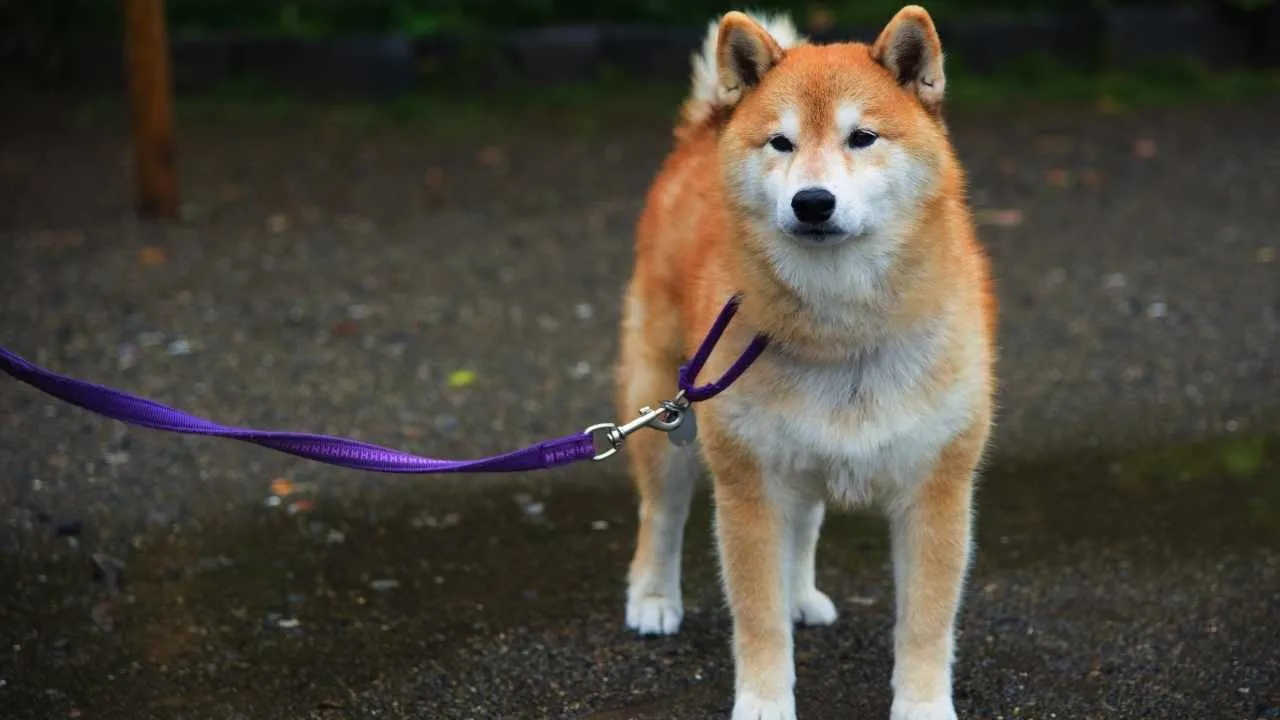
Meet the Akita, the noble canine equivalent of a stoic samurai. Loyal to the core, this Japanese breed will protect you fiercely, but don’t expect them to be clingy or constantly in your lap — they’re more watchful guardian than cuddly companions.
Think of them as your quiet but ever-present shadow. Akitas are catlike in many ways: they enjoy alone time, meticulously groom themselves, and prefer checking in on their humans on their own schedule.
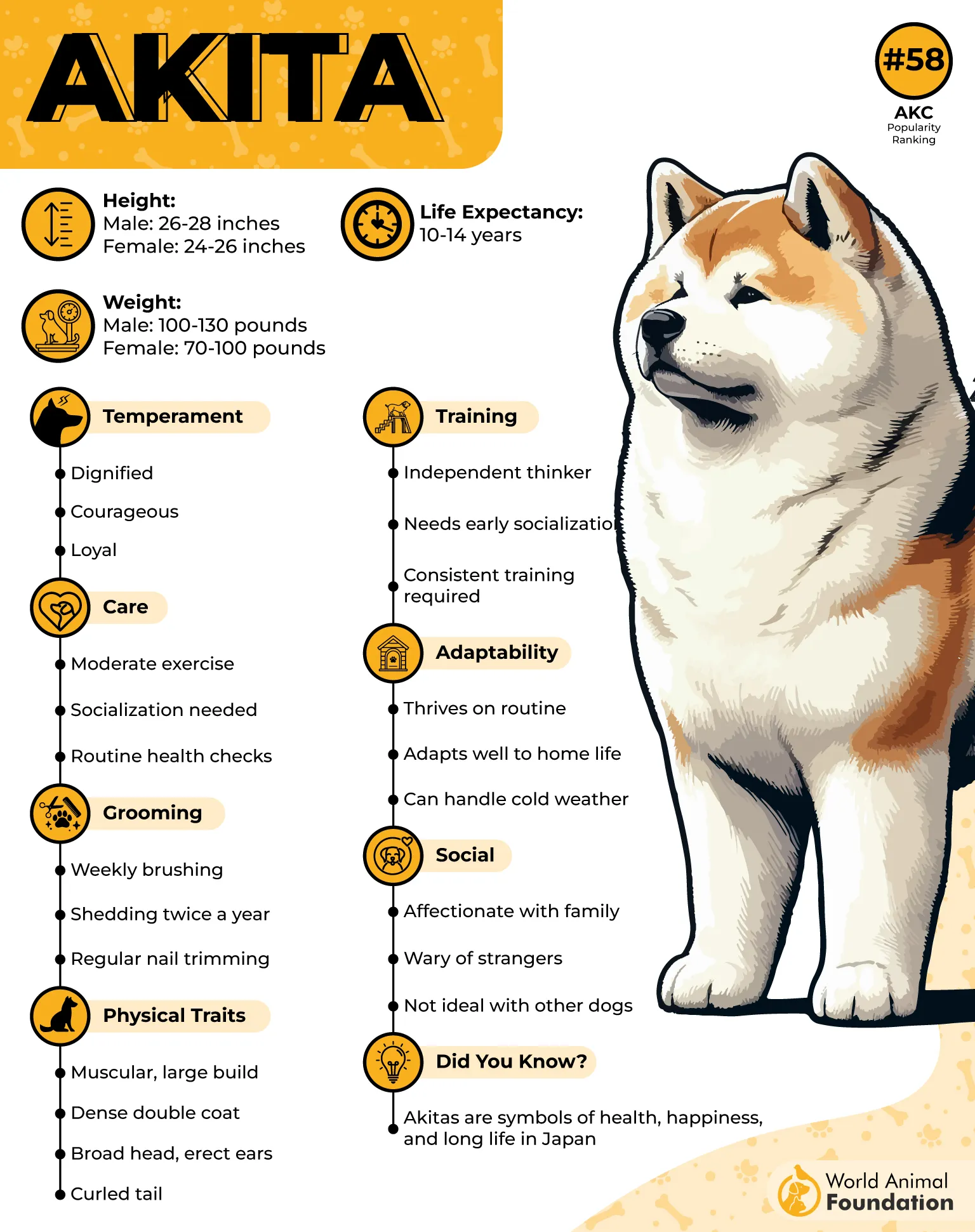
Fiercely loyal and protective of family
Prefers quiet households with yard space and regular walks
Needs early and ongoing socialization to prevent anxiety or aggression
While they might patrol your yard like a fluffy security guard, they won’t demand your constant attention. PetMD noted that due to their independent personality, Akitas often thrive as the sole pet in a household.
Their strong prey drive, rooted in their hunting background, means they might view smaller animals—such as cats or small dogs—as something to pursue.
Bottom line: The Akita is perfect for experienced dog owners who appreciate loyalty without clinginess, a calm yet commanding presence, and a pup who patrols with dignity rather than drama. This is a dog that truly does its own thing — but always with you in mind.
3. Chow Chow
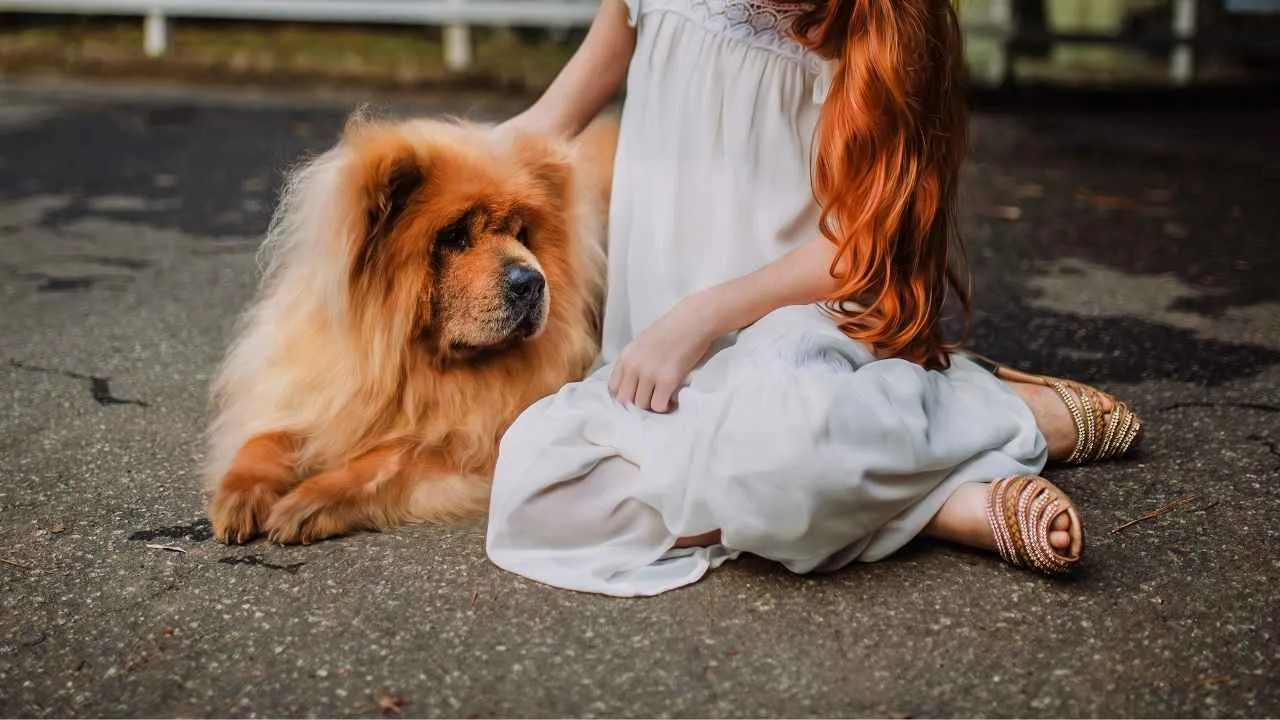
Meet the Chow Chow, the canine equivalent of a moody aristocrat—majestic, independent, and slightly mysterious. This pup prefers one-on-one time with a trusted human or a dignified patrol of the home over noisy social gatherings.
Think of them as the James Bond of the dog world: calm, calculating, and with a serious appreciation for personal space. Despite their aloof demeanor, Chows are surprisingly intelligent.
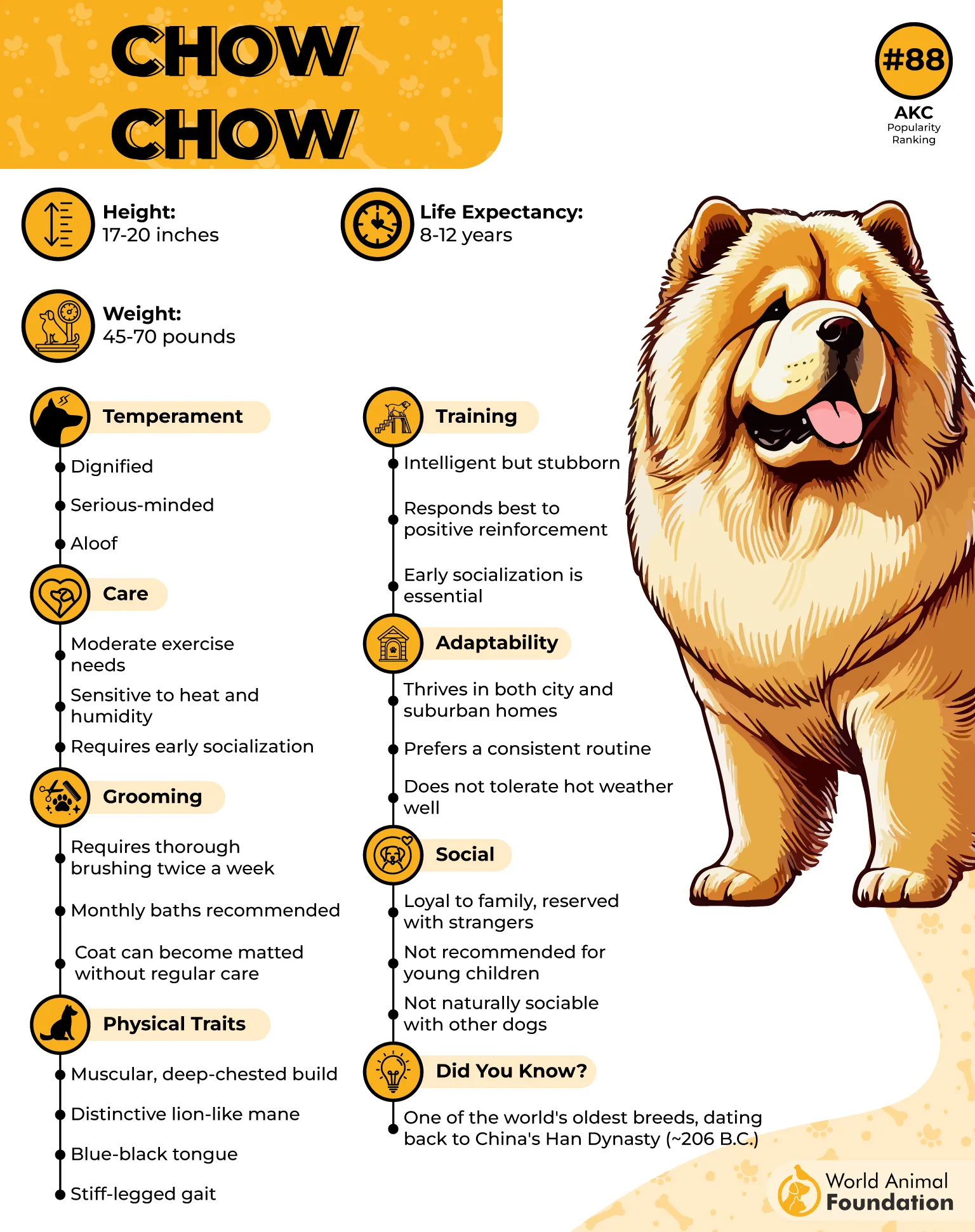
They learn quickly, but stubborn streaks mean you’ll need patience, short training sessions, and plenty of yummy rewards to keep them motivated.
Smart but stubborn—requires patient, reward-based training
Thick double coat (rough or smooth) that sheds heavily and needs regular grooming
Ears and mane prone to tangles—extra attention required
Best suited for owners who appreciate dignity, loyalty, and quiet companionship
Early obedience and socialization are essential to shape them into confident and well-mannered companions.
Bottom line: The Chow Chow isn’t your lap dog or party pup, but a loyal, elegant companion for those who respect their boundaries and can handle a little attitude with a lot of love.
4. Basset Hound
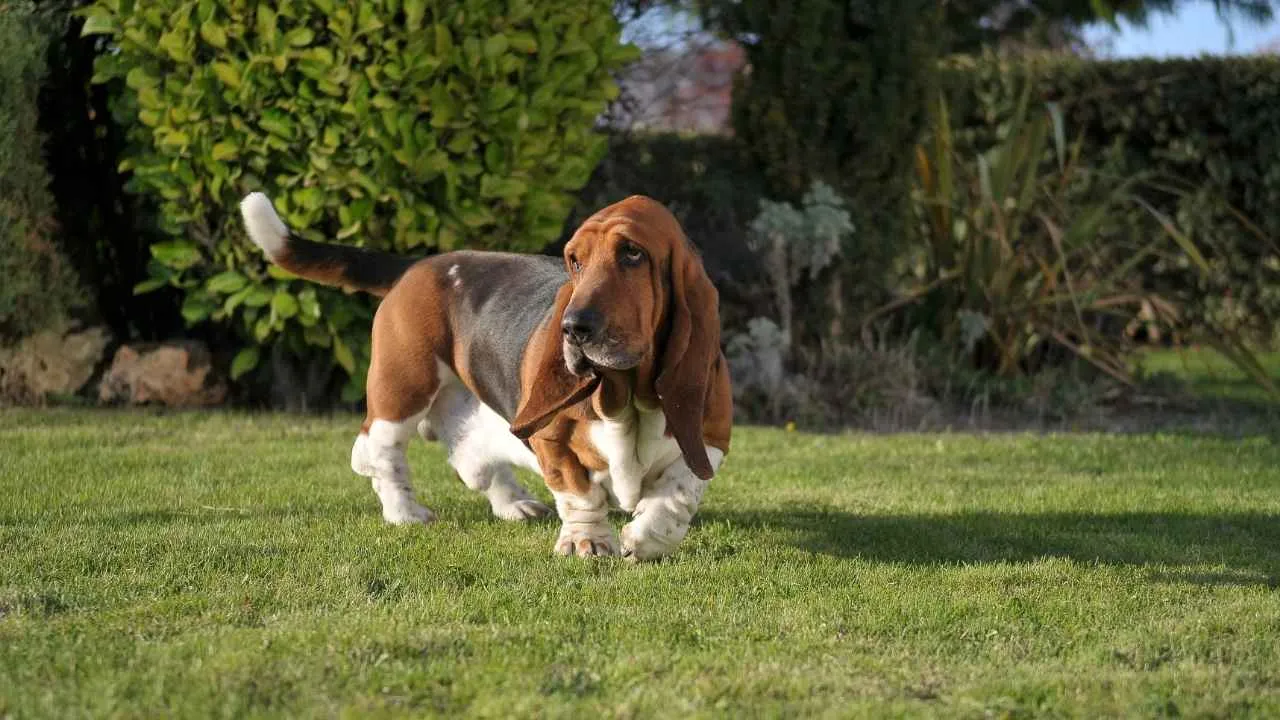
Meet the Basset Hound, the ultimate canine connoisseur of comfort. This droopy-faced gentleman is perfectly content catching Zzzs on its bed while you’re at work, offering you guilt-free “I’m still adorable” vibes in your absence.
Low-maintenance and laid-back, it’s more about leisurely strolls than intense play sessions—but don’t let that fool you; its nose is a professional tracker, and curiosity can lead it astray. Never trust it off-leash unless you want an adventure you didn’t plan for!
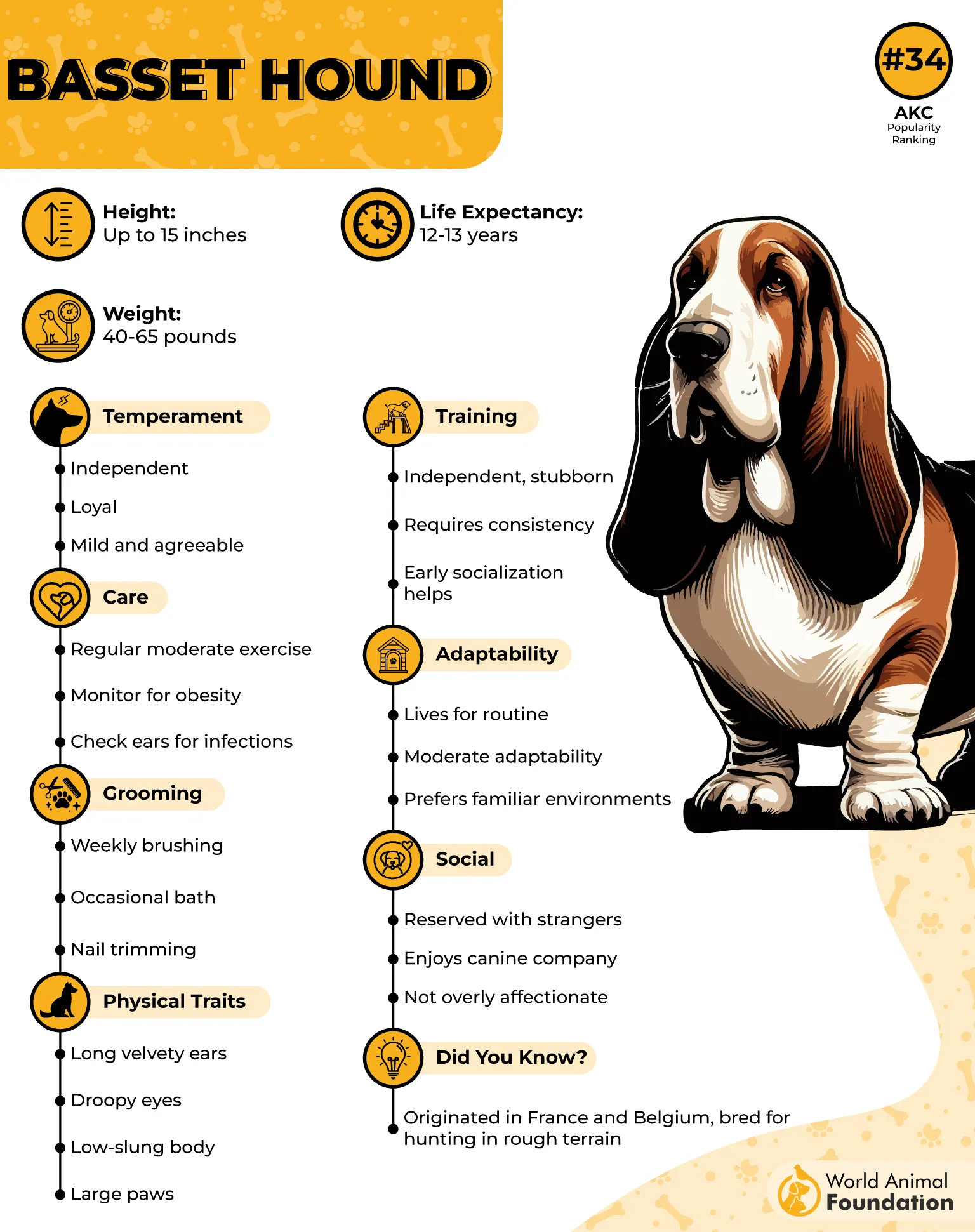
Its long, low frame and massive ears give it a look all its own, but they come with special considerations
Prone to weight gain, so some encouragement for daily walks is needed
Curious nose = potential escape artist off-leash
Loyal, affectionate, and full of personality
They’re deeply loyal to their families, though they may not always show it with exuberant displays. Instead, their calm and even-tempered nature makes them a soothing, steady presence in the household.
Bottom line: The Basset Hound is perfect for anyone who loves a gentle, low-energy companion with a big heart, big ears, and a big dose of charm.
5. Afghan Hound
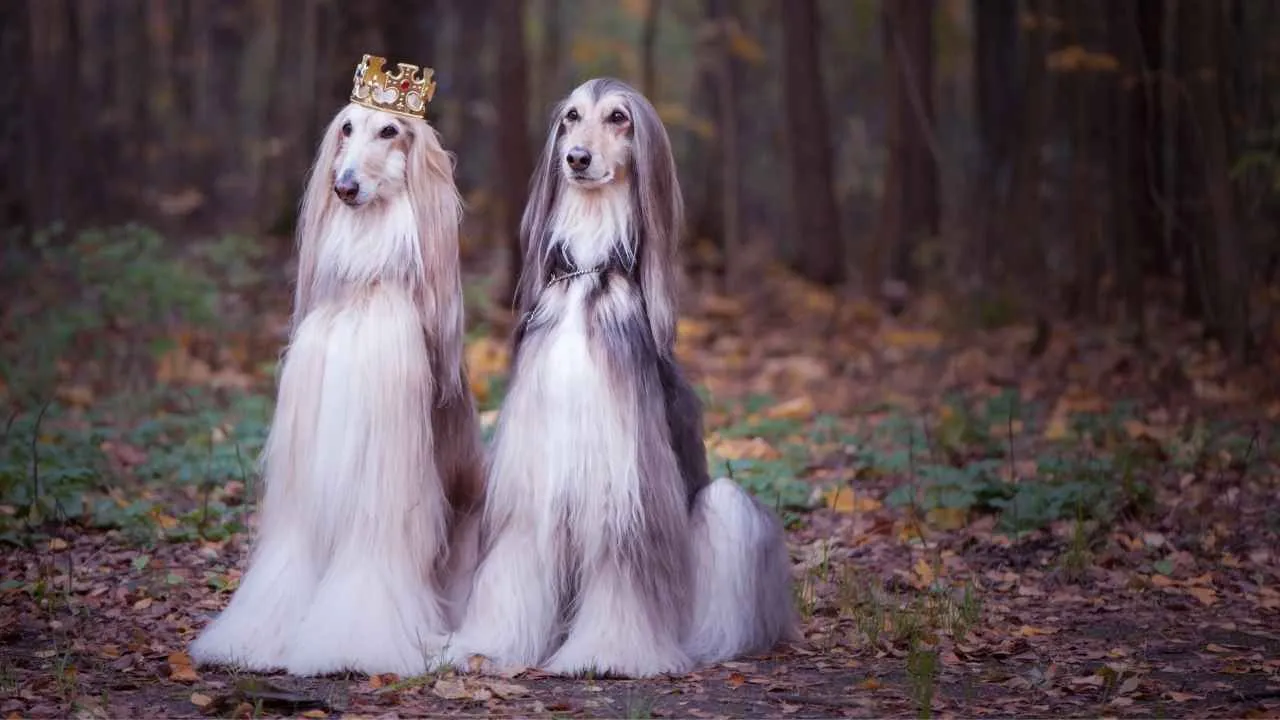
Say hello to the Afghan Hound, the canine equivalent of a runway model—graceful, stunning, and with just the right amount of attitude.
This ancient sighthound is sweet and affectionate with those they trust, yet fiercely independent, capable of going from a loving cuddle to a full-speed sprint in seconds. Think of them as the elegant Olympic sprinter of the dog world.
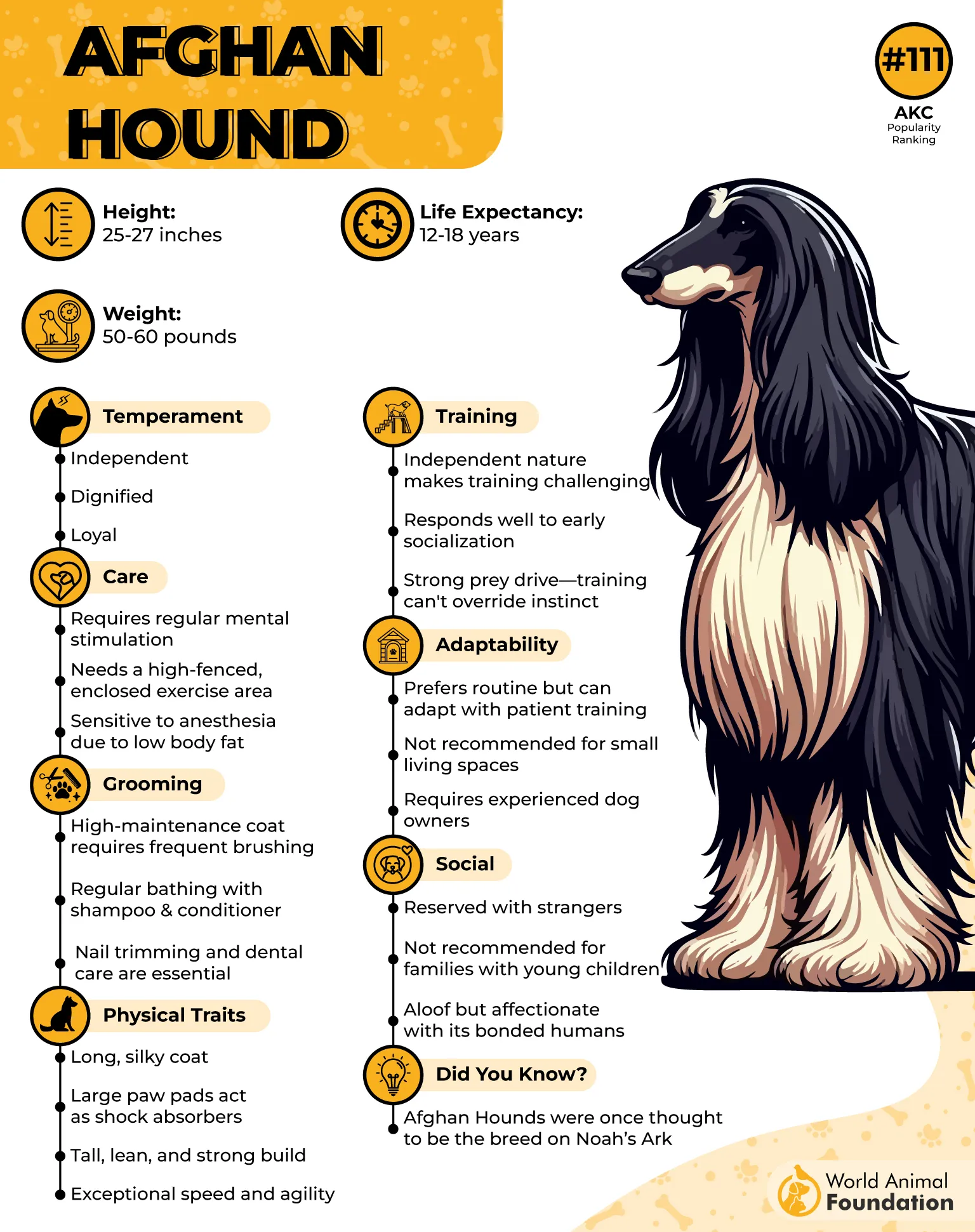
While they may require more care than your average family dog, their distinctive personality, athletic prowess, and stunning appearance make them a rewarding choice for dedicated owners.
High-energy athlete – Loves leashed jogs or off-lead sprints in safe areas
Smart and selective – Learns quickly but may ignore repetitive commands
Prey-driven instincts – Needs supervision in unenclosed spaces
However, Afghan Hounds should never be allowed off-leash in an unfenced area. Given their impressive jumping ability, a tall, secure fence is essential for their safety.
Bottom line: The Afghan Hound is perfect for active owners who want a beautiful, spirited, and slightly aloof companion. They’re a mix of elegance, speed, and intelligence—a dog that loves hard work, long runs, and lavish admiration in equal measure.
6. Beagle
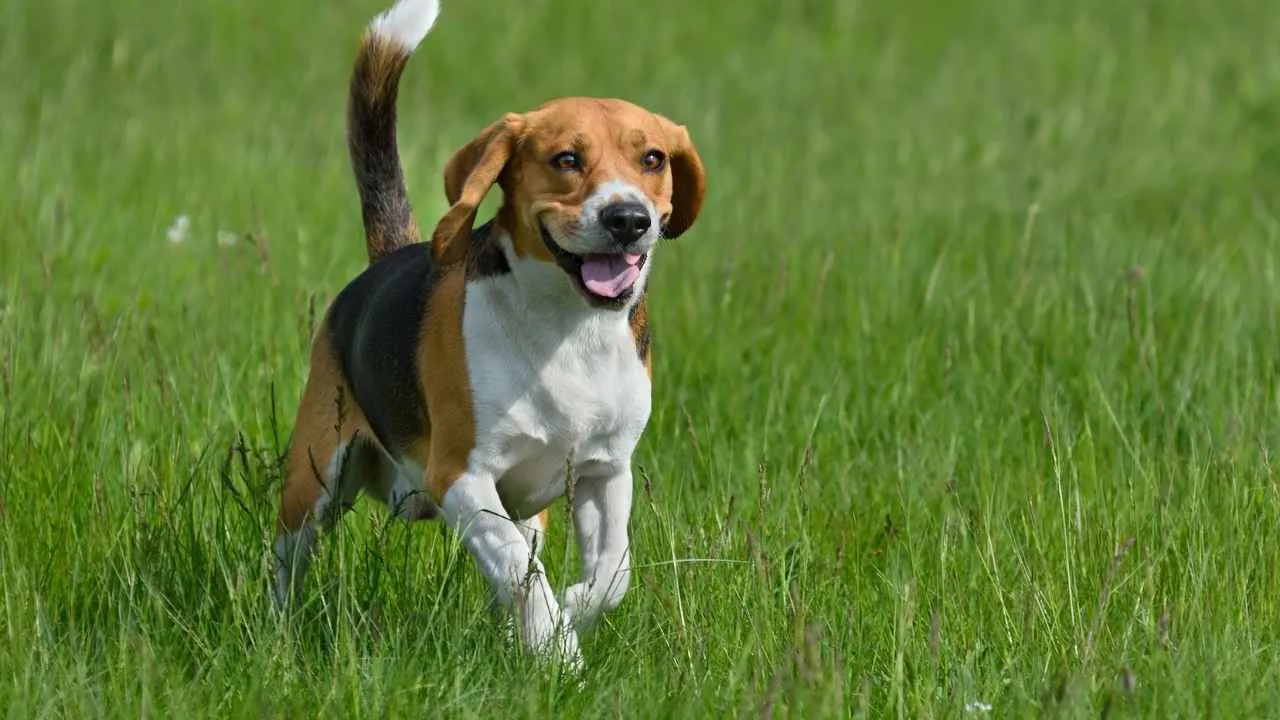
Meet the Beagle, the canine equivalent of a detective on a sugar high—curious, playful, and always following their nose.
This small but sturdy hound is full of energy, loves exploring, and has a natural talent for sniffing out everything from hidden treats to mysterious scents in your backyard. Be prepared: if something smells interesting, your Beagle will investigate… thoroughly.
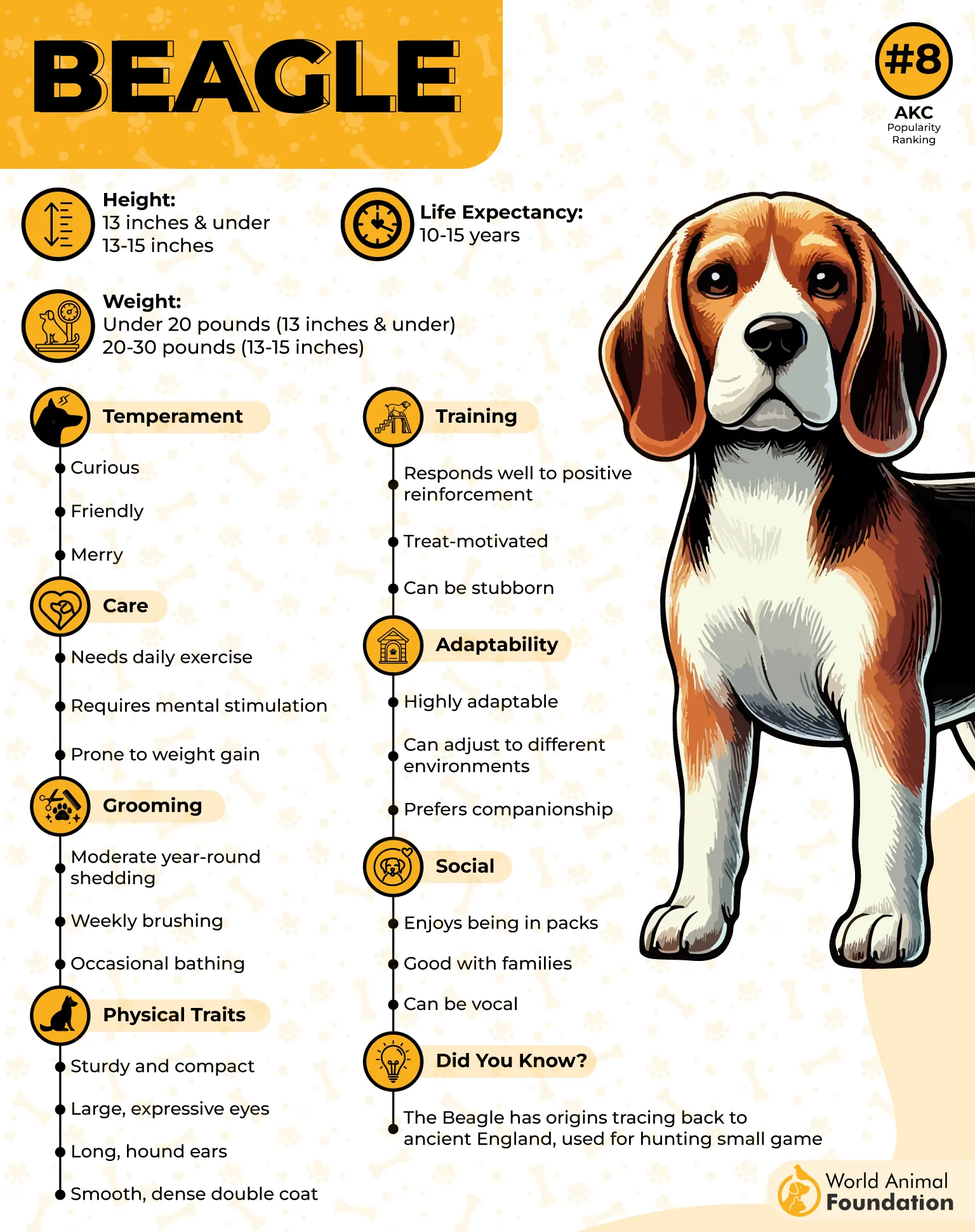
These dogs do best with around an hour of daily exercise, and without enough physical activity and attention, they may develop destructive behaviors when left alone for long stretches.
Energetic and adventurous – Needs regular exercise and mental stimulation
Super-sniffer – Strong prey drive means they’ll follow scents wherever they lead
Friendly and social – Great with families and other pets, but may need supervision with smaller animals
Compact explorer – Perfect for families with yards, but always leashed or in secure areas
Bottom line: The Beagle is a fun-loving, nose-driven adventurer who thrives with active families. Their curiosity and energy make them endlessly entertaining, but you’ll need patience and supervision to keep them safe and happy.
7. Shiba Inu
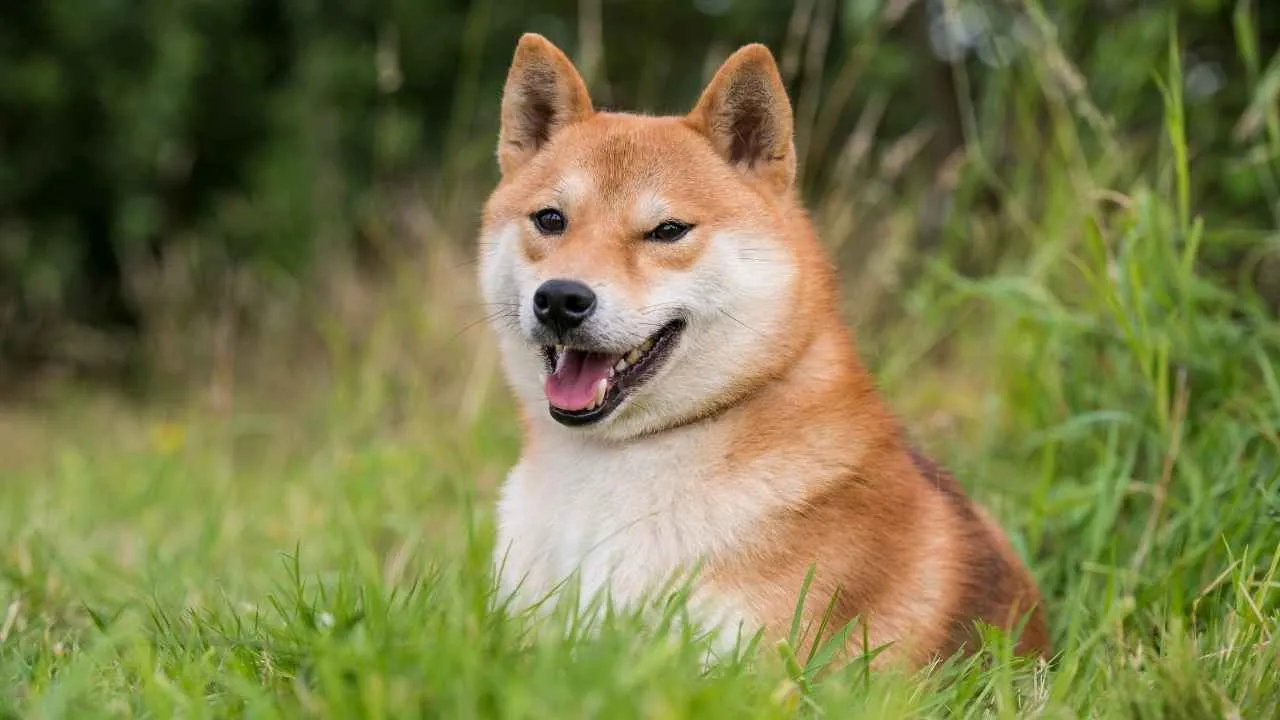
Meet the Shiba Inu, the dog world’s version of a self-sufficient celebrity—adorable, clever, and fiercely independent.
These little dynamos can keep themselves entertained for hours, which is both a blessing and a warning: don’t leave them off-leash or in an area that isn’t dog-proofed unless you want a disappearing act!
They are generally affectionate with their owners but may be reserved around strangers and assertive toward unfamiliar dogs.
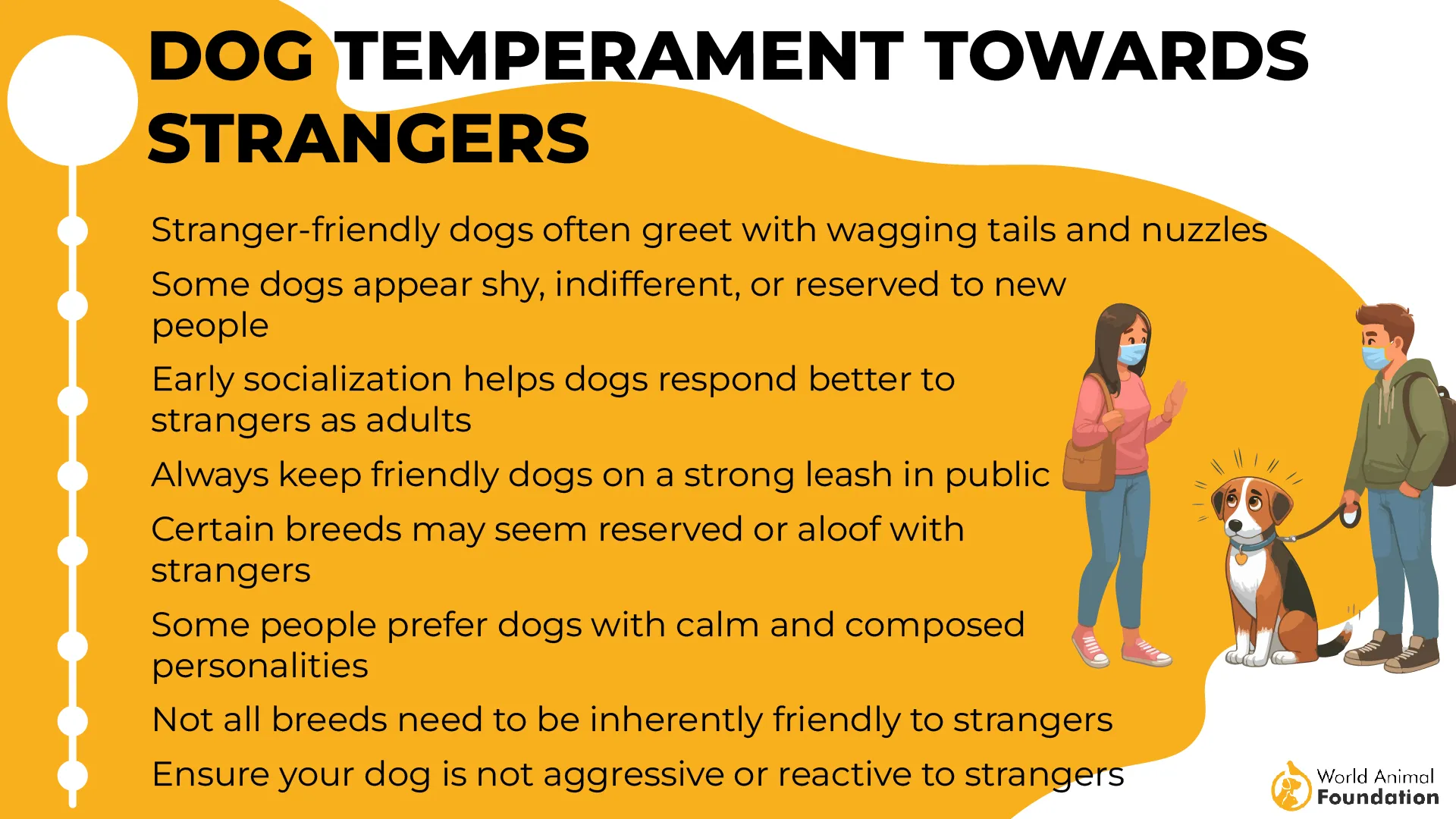
Active and playful – Needs plenty of exercise, interactive toys, and brain games
Self-entertainer – Can spend time alone, but better for experienced owners who understand their quirks
Treat-motivated – High-value rewards work wonders during training
Charming but mischievous – Can be a handful if left bored; supervise around delicate items
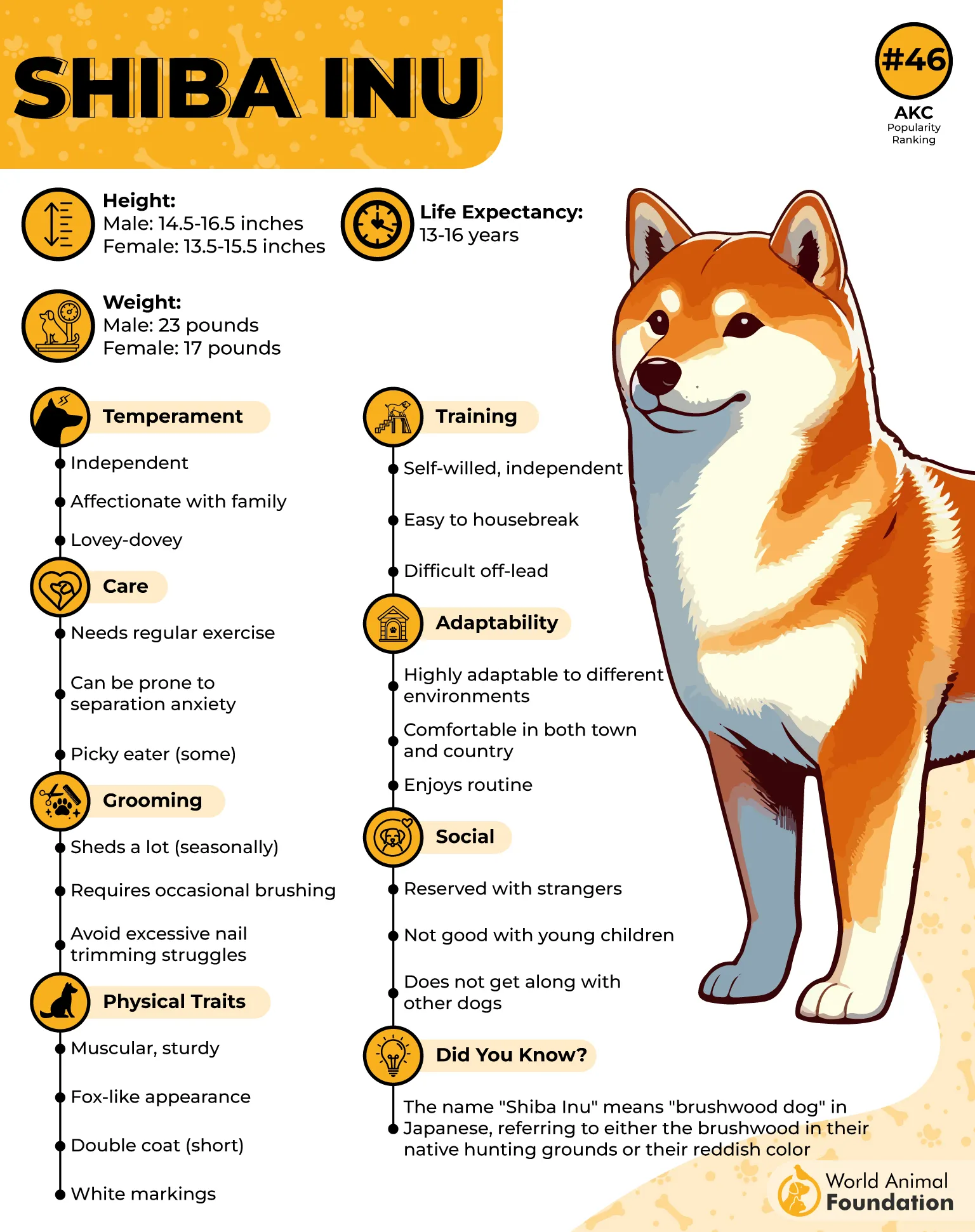
Although Shibas can be challenging to train, they excel in activities like agility, lure coursing, and nose work, as per Britannica. While they make alert watchdogs, some can be prone to excessive barking and are not suited for protection work.
Bottom line: The Shiba Inu is a smart, sassy, and self-reliant companion that thrives with experienced dog owners who enjoy a bit of challenge and lots of charm. They’ll win your heart—but only on their own terms.
Conclusion
When dealing with dog breeds that refuse to follow leadership, it’s important for the dog trainer or handler to act as a firm leader while understanding each dog’s traits. Most dogs respond well to clear control, but some intelligent breeds, like a Dachshund or Shiba Inu, may tend to be afraid or quick-moving, making leadership challenging. Puppies in the home require special attention, as the job of a leader is to watch, listen, and figure out a better way to guide the pack.
Consistent training helps ensure dogs understand who’s in first place in the pack, while respecting their different kind of personalities. With patience, the person in charge can visit, tend, and manage the dog properly, ensuring even tough dogs learn to follow leadership in a safe and effective way.


